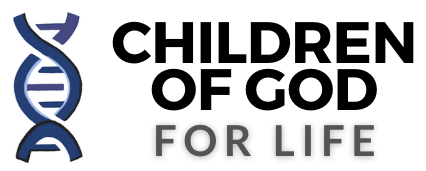EMBRYONIC STEM CELLS TO FEED ON ABORTED BABY TISSUE
Another horror story behind the manufacture of human embryonic stem cells
http://www.lifesite.net Life Site News reports….
SYDNEY, August 6, 2002 (LSN.ca) – A political debate in Australia has let the cat out of the bag on another horror behind the manufacture of human embryonic stem cells. Australia’s foremost scientist, Professor Alan Trounson, has enraged the Prime Minster by revealing that human embryonic stem cells are to be fed with tissue from aborted babies.
Full Text of the Story
Abortions set to fuel stem cell research
By Julie Robotham and Deborah Smith
August 5 2002
Tissue from aborted human foetuses will be used in the culture of embryonic stem cells for the first time in Australia if the creation of new stem-cell lines is approved, the country’s leading scientist in the field has revealed. The disclosure by Alan Trounson, director of the institute of reproduction and development at Monash University, is certain to inflame the debate around the issue. The Catholic Church has already branded the research based on cells from days-old embryos as morally unacceptable and is likely to see any use of tissue from foetuses aborted in early pregnancy as compounding the offence.
Professor Trounson was speaking after a Singaporean team with which he is associated demonstrated for the first time the growth of human embryonic stem cells on human tissue cultures.
Previously, all human embryonic stem cells had been grown on cultures made from the skin cells of foetal mice. These cells are useful for basic research, but scientists would be reluctant to try to use them to cure human diseases because of the possibility of infection by mouse viruses.
Professor Trounson said: “If we’re able to [create new embryonic stem cell colonies] ourselves we would look at a broad range of [culture] cell types. We have candidate cells in mind.”
The Monash group would test tissue from adults as the culture layer, including tissue from the reproductive tract, but Professor Trounson said he would also want to test the use of aborted foetal tissue as a culture medium, to establish which tissue type worked best. People who opposed such research on moral grounds needed to appreciate that doctors had always been allowed to use tissue from aborted foetuses, with the parents’ consent, “for experimentation and even transplantation”.
“Here in Australia we would be allowed to use it. There would be no impediment to that.” About 90,000 abortions are performed in Australia each year. The relative abundance of foetal tissue available was one attraction to scientists, he said.
As well, Australia would gain an important advantage in the biotechnology industry if local scientists were able to create new embryonic stem-cell lines using cultures derived from humans. This was because of the recent moratorium by the United States Government on further taxpayer-funded grants for the creation of new embryonic stem-cell lines. The National University of Singapore team, led by Dr Ariff Bongso, reported that the embryonic stem cells had grown just as well, if not better, than those on mouse cells.
But the researchers were aware that the use of foetal tissue would be controversial. “We are in the process of evaluating other commercially available adult human [cultures] because of ethical concerns regarding the derivation of foetal cells from human abortuses.” They had also experimented with tissue from the fallopian tubes of women undergoing hysterectomy.
The research is reported today in the journal Nature Biotechnology.
Human embryonic stem cells, which scientists believe have the potential to treat many conditions, including diabetes, Parkinson’s disease and motor neurone disease, tend to turn unpredictably into different types of tissue in the laboratory dish. To keep them growing in an unchanged state, scientists have had to nurture them carefully with special solutions and culture tissue. Some researchers have grown them on specially coated plastic beds, but they had to use mouse cells in the nourishing solution.
The Singaporean cell colony is the first to be grown in mouse-free conditions.
This story was found at: http://www.smh.com.au/articles/2002/08/05/1028157895589.html

God bless you both and your growing family! Your work has been appreciated beyond words. I look forward to your…
Science and medicine proclaim to want to save lives with sick innovation and research like we just read about but…
Want information to be in English
Dear GOD! Have mercy on this. Makes me want to vomit.